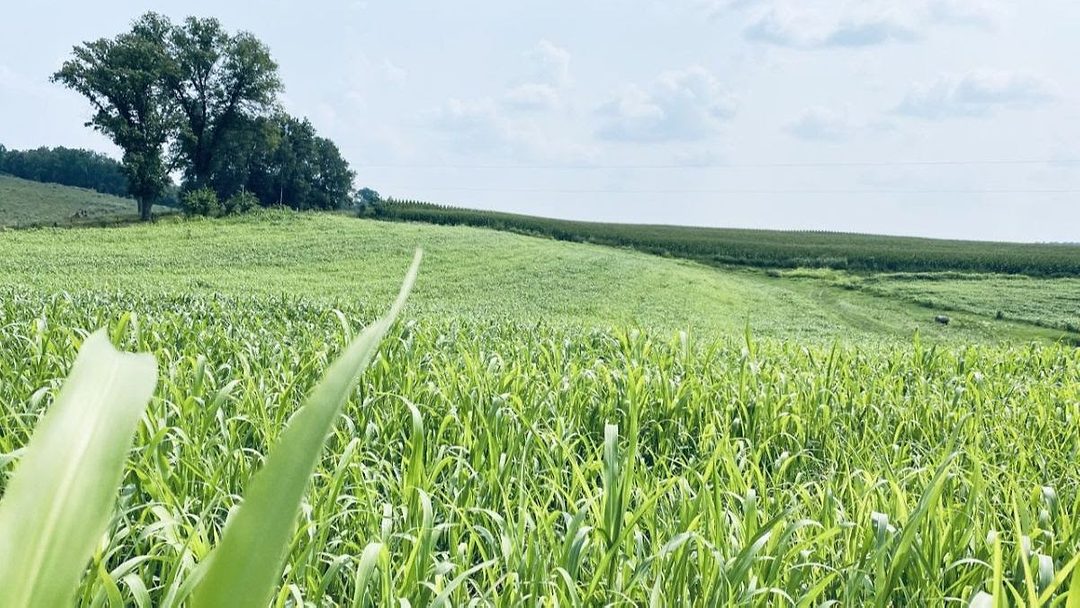Summer annuals are being inserted in rotation with winter cereal grains in line with corn silage. Forage sorghum, sorghum x sudan, sudangrass, millets, and teffgrass have allowed for risk management in the past but have been especially depended on in recent years for emergency forage. A common rotation that has been adopted is Corn Silage-Winter Cereal-Summer Annual, and summer annuals also being used following spring cereals. Selection of summer annual types and management practices should not be overlooked.
Conversations around using bmr/conventional/brachytic dwarf/photo-sensitive are important to understand different plants' growth cycles, nutrient demands, harvest management and storage.
Read below for more information on summer annual traits and their benefits.
Brachytic Dwarf: Shortening of the plant structure while providing a higher leaf-to-stem ratio. The internodes are shortened, allowing for the same or more leaves per plant than even the tallest varieties.
- Higher leaf-to-stem ratio due to stack internodes
- More tillering than taller varieties
- Improved standability
- Ease of harvest - shorter cutting height
- Better for grazing
BMR: The brown mid-rib trait, which denotes improved digestibility (NDFd), helps ensure the production of high energy forage.
- The BMR trait - Improves the digestibility and energy derived from the forage. These new BMR hybrids offer quality and energy that is not only great for heifer and dry cow feed, but will produce top milk and weight gain yields.
MS-Male Sterile: No anthers, thus no pollen for self-fertilization
- Improved standability
- Higher levels of sugar/protein in vegetative portion of plant
PPS: Photo Period Sensitive: PPS hybrids remain vegetative until mid to late September (day length < 12h, 20m)
- PPS allows for wider window of harvest
- Build tonnage without sacrificing quality
- Remaining vegetative creates versatility





Post a comment
Report Abusive Comment